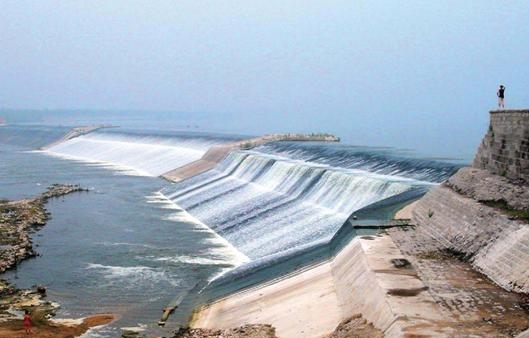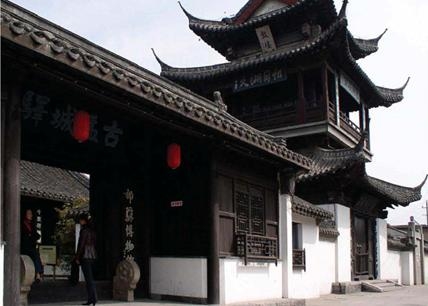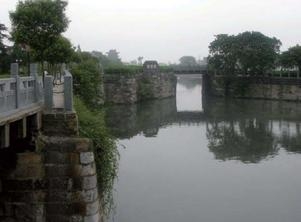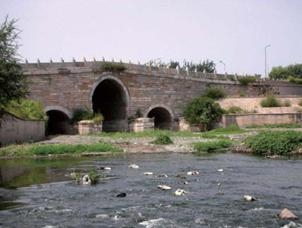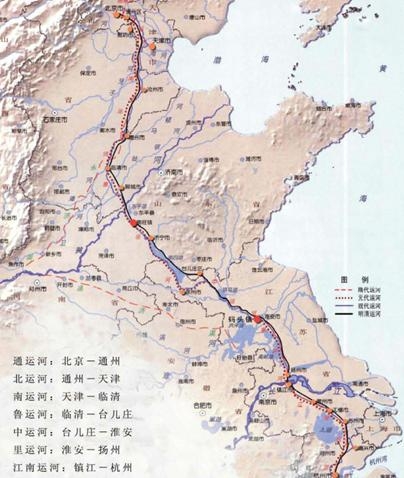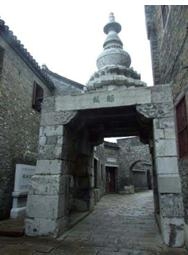| The Conservation of the Grand Canal |
| PublishDate:2013-02-28 Hits:6001 |
The Grand Canal, finally rebuilt and completed under Emperor Yangdi of the Sui Dynasty (608 AD), Interconnected China’s five river systems of the Yangtze, Yellow, Huaihe, Haihe, and Qiantang Rivers from south to north with a total length of 1794 kilometers. The anal was included into China’s tentative lists of world heritage site in December 2006. The formal application process was unveiled by the first meeting of Provincial-Ministerial Consultation Group o the Conservation and Application for World Heritage of the Grand Canal was compiled and selection of the selection of tentative list for applying for world heritage was basically fulfilled.
As a classic cultural route, the rand Canal has its outstanding universal value vividly manifested as evidence to the Canal Transport system of ancient China—a very significant administrative scheme that world as a political bond enabling the sustainability of a centralized and unified ancient empire. The Canal Transport, together with the commodity circulation and cultural exchange it consequently boosted, constituted the general framework of the canal’s function as a cultural route.
The Grand Canal has virtually facilitated the cultural exchanges between the country’s south an north, and east and west, enabling the contact and integration of cultures from different regions and countries as well as the formation of a unified cultural atmosphere of Chinese nation. A number of water facilities along the canal, such a dykes, weirs, sluices, water tanks and culverts, are well preserved, together with other ancillary facilities like track roads, ports, bridges and towers, constituting the major part of this transportation heritage. The Nanwang water project of diverting Wen River to Grand Canal and Gaojia Dyke, in particular, rank the two largest water conservancy projects along the canal.
There is a commercial town or city scatted along the canal every 20 kilometers. The administrative institutes in charge of water transport like offices and storehouse for transshipments, and the spaces for commercial activities like inns, associations, post houses, money sops, pawnshops, workshops, storehouses and commercial streets, public spaces that witness cultural exchange like formal residences, academies, temples, mansions and gardens, and residential buildings with architectural styles of various regions in China, all of these are essential parts of the cultural route of the Grand Canal.
|
- Documentary: 2023 World Heritage Creative X Innovators Conference and the AWHEIC Third Anniversary Celebration
- Publication | WHITRAP Newsletter No. 61
- Mt. Huangshan first show in Climate Action for World Heritage
- Call for Good Practices: 2024 Environment and Resilience
- FAQs | 2024 Call for Good Practices
- Operational Guidelines for the Implementation of the World Heritage Convention 2017
Copyright © 2009-2012 World Heritage Institute of Training and Research-Asia and Pacific (shanghai)


